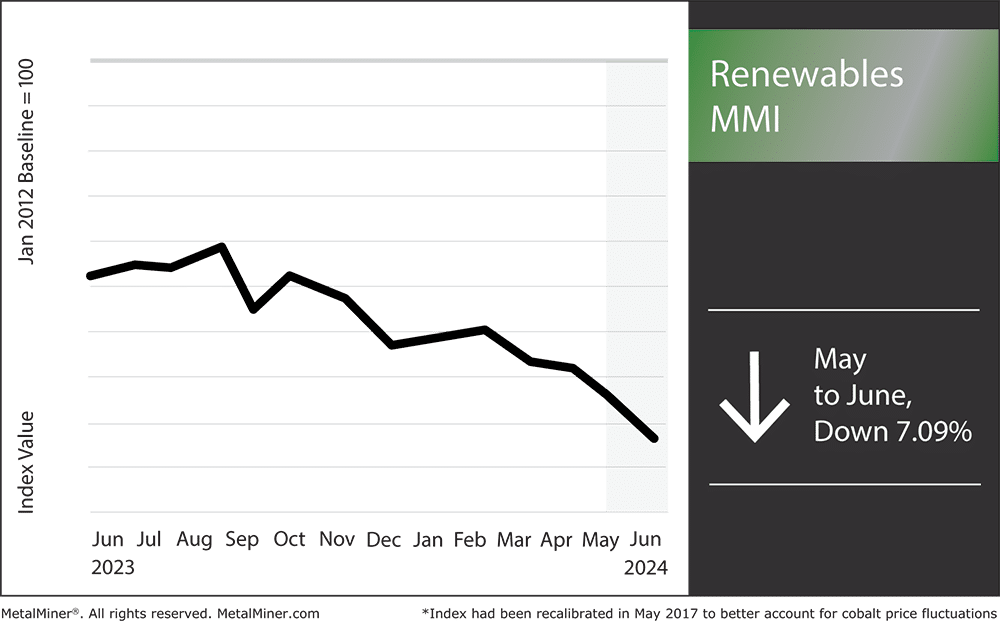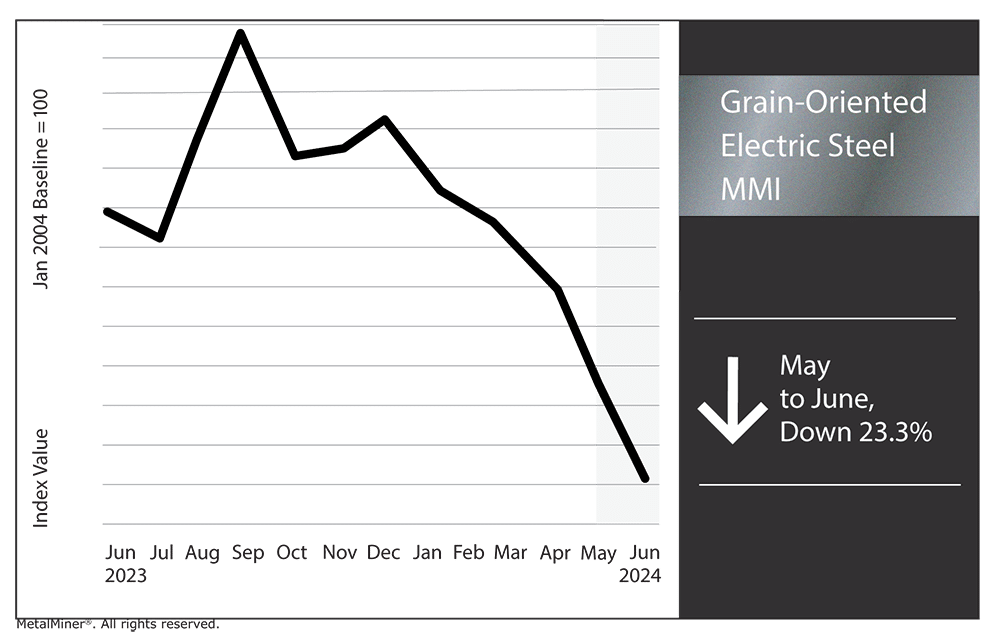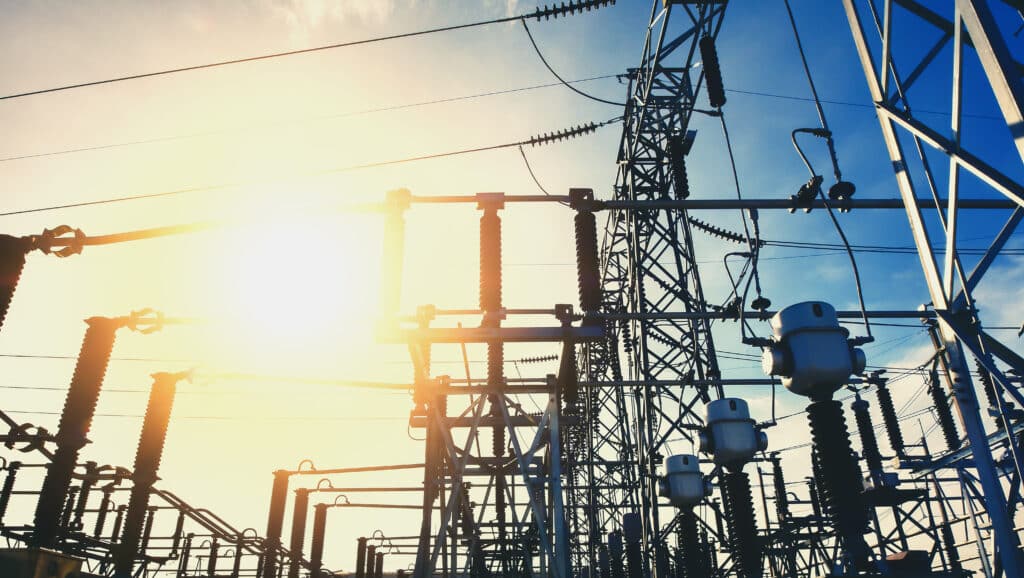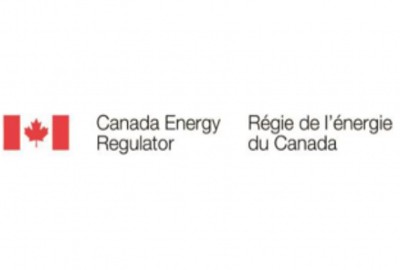The Renewables MMI (Monthly Metals Index) witnessed more notable declines month-over-month than last month’s MMI, declining by 7.09%. Renewable energy news sources indicate there exists a number of renewable energy projects within the U.S. currently ready to begin work, but are on hold due to an array of factors. Furthermore, solar and wind fields still lack a sufficient number of hookup areas into grid systems to send power to homes and businesses, along with an ongoing shortage of transformers.

When Solar Energy Makes Sense and When it Doesn’t
Although solar panels are typically made to last 25 to 30 years, there are a number of issues that need to be addressed when their usefulness ends. While degradation rates have decreased due to technological developments, panel efficiency (like anything) eventually declines. For instance, after using solar power for a few years, some customers experience a 11.4% decrease in production. Due to this performance drop, either a substantial investment to replacement panels is required, or less energy is produced.
Make informed metal purchases. Subscribe to MetalMiner weekly newsletter with important macroeconomic information to negotiate with power.
Renewable Energy News Reports Hazardous Waste Concerns
The fact that solar panels that have expired are categorized as hazardous waste is one of the more concerning issues. Heavy metals and other hazardous substances may be released into the environment when solar panels shatter, endangering the environment and human health.

Although proper recycling and disposal procedures are essential and exist, there is presently not enough infrastructure or legislation in place to adequately handle all of the expected increase in waste from solar panels.
Economic and Contractual Issues
Businesses and homeowners alike need to think about the price of upgrading outdated panels. When solar leases expire, those who have them may encounter legal issues. Purchasing the panels, having them removed or extending the lease are just a few of the options that require careful planning in terms of logistics and finances.
MetalMiner’s Annual Metals Outlook just released it’s June update! Get a full, 12-month scope of where industrial metal prices are heading through comprehensive forecasting, short and long-term projections and sourcing strategies. Get a free sample.
Over-Dependence on China
The solar industry’s substantial reliance on China is another major source of worry. Due to significant government subsidies and economies of scale, China produces 80% of the world’s solar panels, which has significantly lowered prices. However, because of the surplus of supply brought on by this supremacy, prices have fallen to the point of endangering the business models of foreign solar producers.

Global markets are more susceptible to supply chain disruptions and geopolitical tensions when they rely too much on Chinese imports, as is the case in the US, where domestic manufacturers confront unprecedented competition from low-cost Chinese imports.
Grain-Oriented Electrical Steel MMI
The Grain-Oriented Electrical Steel MMI (Monthly Metals Index) experienced yet another sharp drop in price month-over-month, experiencing a 23.3% drop. Overall, prices within the GOES market continue to experience volatility. The supply chain in the U.S. currently has a slight supply gut, yet transformers still aren’t being manufactured in large enough capacity to meet growing renewable energy needs.

Renewable Energy News: The Gap Between GOES and Transformer Manufacturing
The United States still faces a shortage of transformers, crucial components for the distribution of renewable energy. Despite a slight abundance of electrical steel, several factors contribute to this manufacturing gap.
First, renewable energy news sources indicate there is still a shortage of electrical steel and transformer manufacturing capacity in the U.S., especially for non-oriented electrical steel (NOES). The amount of providers has increased, but it is still not enough to satisfy the transformer makers’ increasing demand.

Second, it takes specialized, specific skills and a lot of money to manufacture transformers. The cost of renovating or constructing new facilities is high, and the current infrastructure is out of date. As a result, the rate of increase in manufacturing capacity has slowed.
Finally, the problem is compounded by logistical and regulatory obstacles. New manufacturing facilities must go through drawn-out permitting procedures, and transportation-related problems make it more difficult to deliver materials and completed goods on time.
Noteworthy Renewable Energy Price Moves
Transform your metal procurement from expense to advantage. MetalMiner Insights empowers you to tailor price forecasting to your specific needs, start by viewing our full metal catalog.
- Chinese silicon prices moved sideways, dropping in price by 0.45% to $1,827.85 per metric ton
- Cobalt prices rose in price by 9.92%, which brought prices to $29.55 per kilogram
- Steel plate prices dropped by 4.27%, which left prices at $1,254 per short ton
- Finally, neodymium prices moved sideways, moving up in price by 1%. After this, prices were left at $65,284.08 per metric ton




